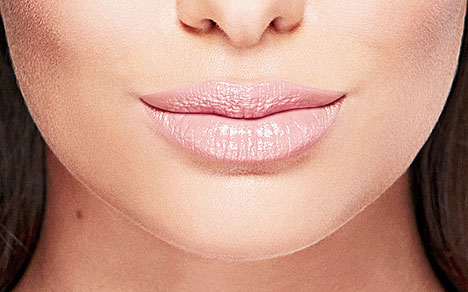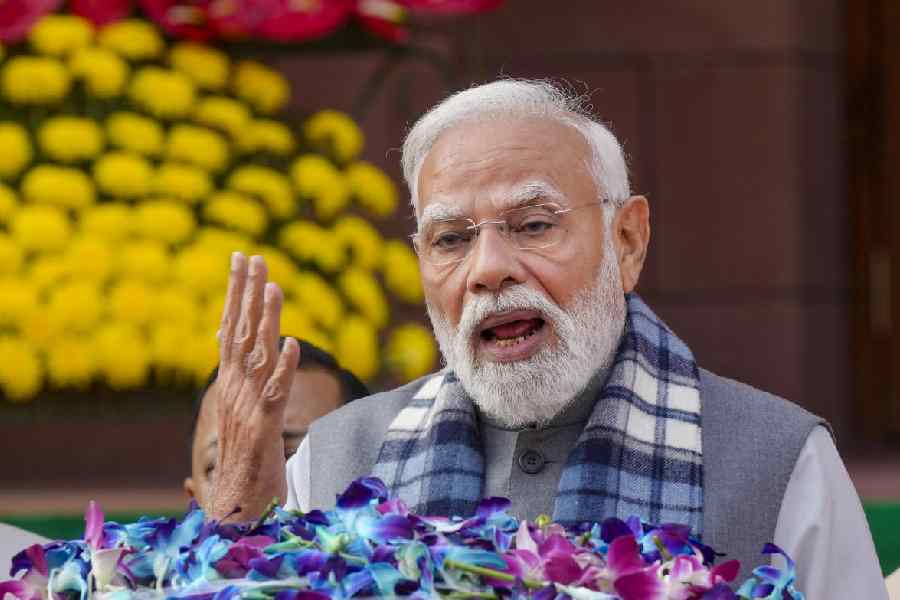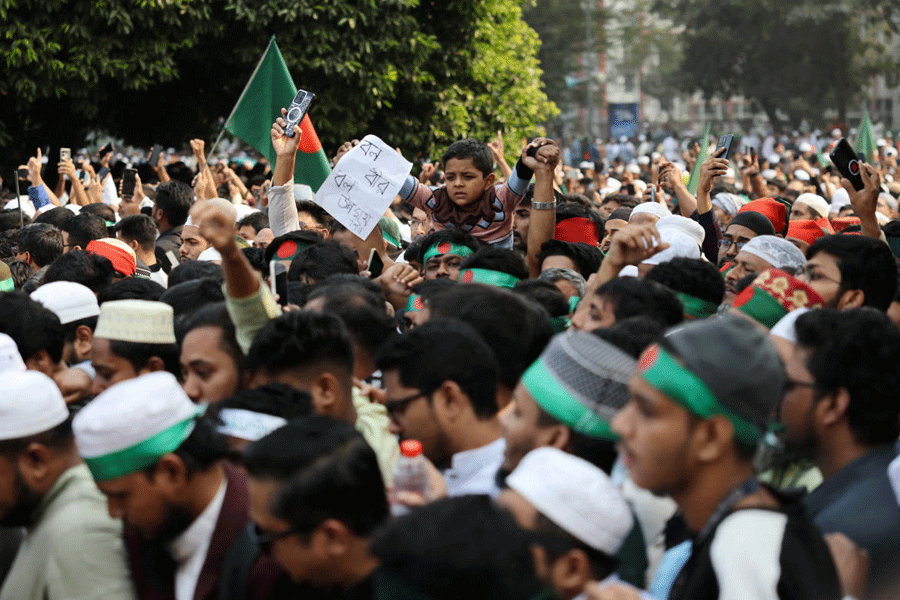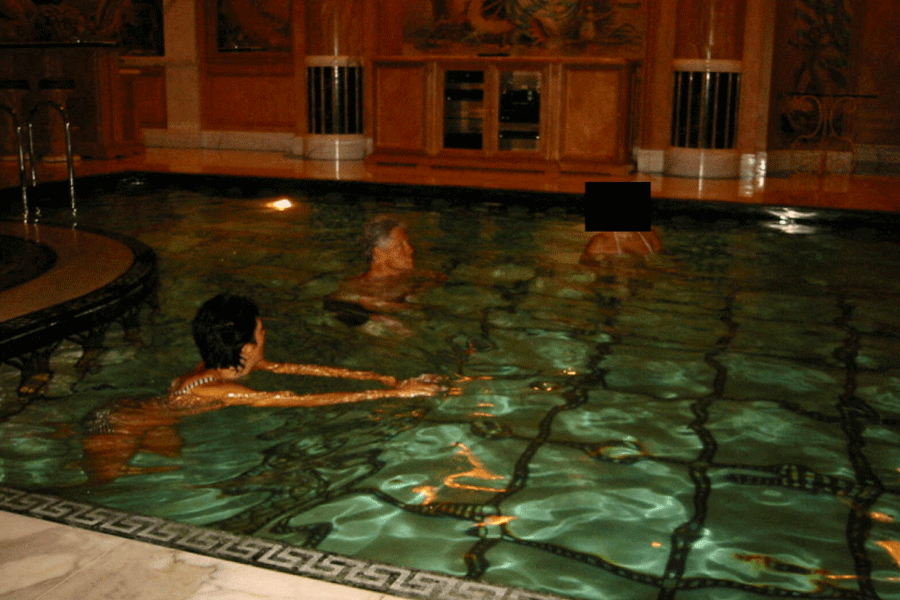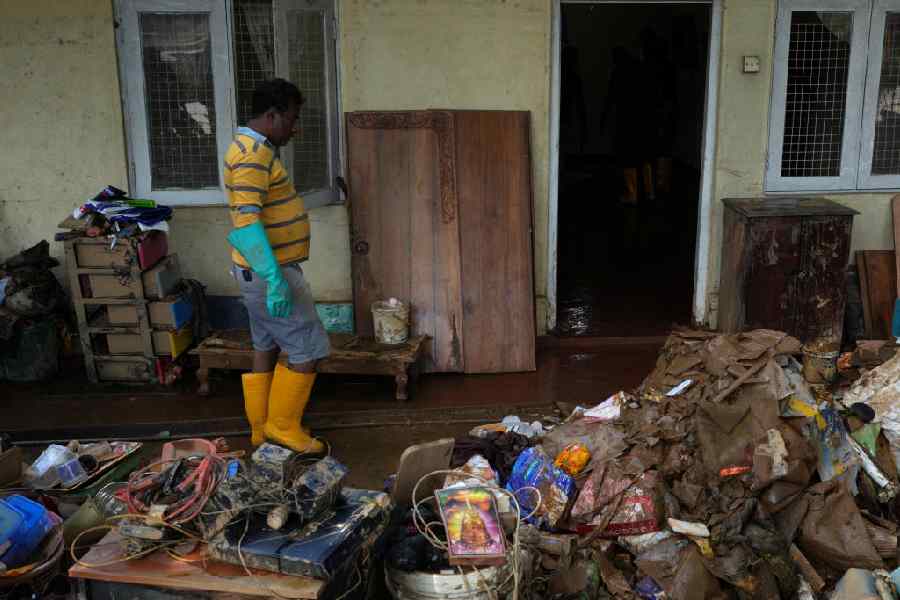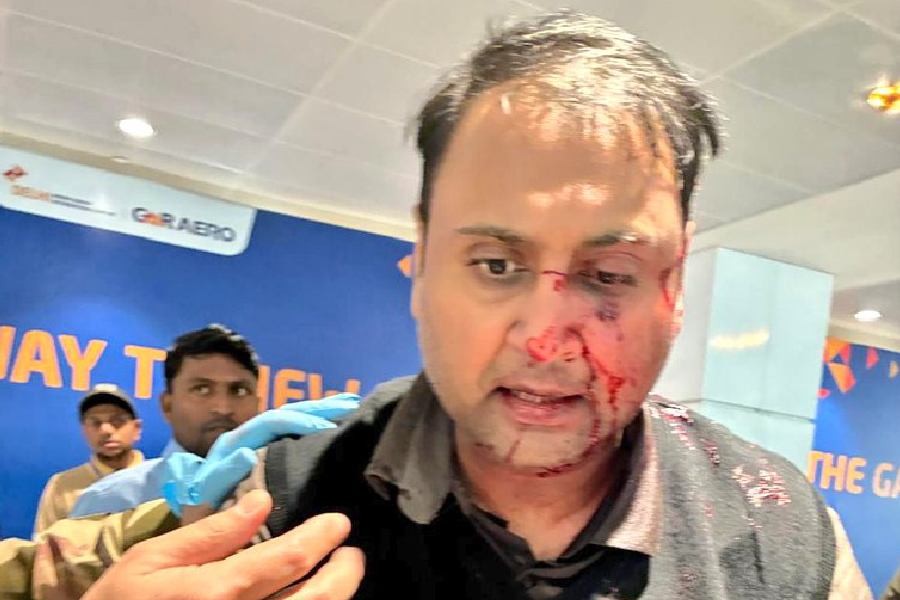
Kamaladevi Chattopadhyay had set up Crafts Council of India in 1964 as a movement inspired by Mahatma Gandhi and Rabindranath Tagore to look at the production of handicrafts and textiles as a catalyst for social change. The organisation would not be a patron, but a facilitator for the artisans, the makers of crafts and textiles, in whose hands lie the artistry and the skills to make the objects that preserve the country's heritage.
The first Kamala store, the retail outfit of Crafts Council of India, was set up in Delhi in 2005. The next Kamala was set up in Calcutta in 2008. Chennai got a store in 2017.

In 10 years, Kamala in Calcutta has established itself as the address where one finds the finest handloom saris. Kamala collects handlooms from all parts of India, but as Nava Varsha approaches, here we feature Kamala's collection of Bengal saris.

At the store, every sari is explained minutely and joyfully by Kasturi Menon, former IAS officer and now honorary president of Crafts Council of India, which is a not-for-profit organisation. For years, Menon has been travelling in the country widely to handpick what gets into the store.
“What we call a Phulia sari now used to be called Tangail,” says Menon. “Originally weavers from Tangail in East Bengal settled in Phulia in Nadia district. But the weavers in Shantipur were from this side of Bengal, Shantipuri being another fine Bengal weave sari. So the latter will always treat you to Nikhuti (a kind of sweet) and insist that they are Ghotis (Bengalis from West Bengal) and are not to be confused with Tangail or Phulia sari weavers," smiles Menon.

The Begampuri is another story. This sari, which comes from Begampur in Hooghly, is traditional, too, deriving from an old design called Chiru. The Begampuri, not to be confused with Dhanekhali, is less fine than a Phulia with its lower weave count, but it has transformed of late.
For Kamala’s collection, Menon, working with the central government outfit Weaver's Service Centre, suggested brighter colours for the sari, which now look dramatic with its traditional motifs.

The biggest change that has come about in handloom in India recently is in the yarn; linen is mixed with cotton, silk with cotton. Kamala is all for such innovation. It also sells jewellery, toys and home decoration.
But Menon has not only collected fine textiles and handicrafts. The artisans are Kamala's assets. Individual sari weavers are mentioned by the store with pride; the style explained. Kamaladevi's vision remains alive.
♦ Models: Reshmi Bhattacharya, Damayanti Giri and Anushka Laha
♦ Photographs: Rashbehari Das
♦ Make-up: Sourab Mitra; Hair: Sandip Nag
♦ Costume stylist: Kushal Sen
♦ Accessories: Kamala, ICCR, Ho Chi Minh Sarani
♦ Location: Courtesy ICCR
♦ Creative direction: Diksha Katyal

